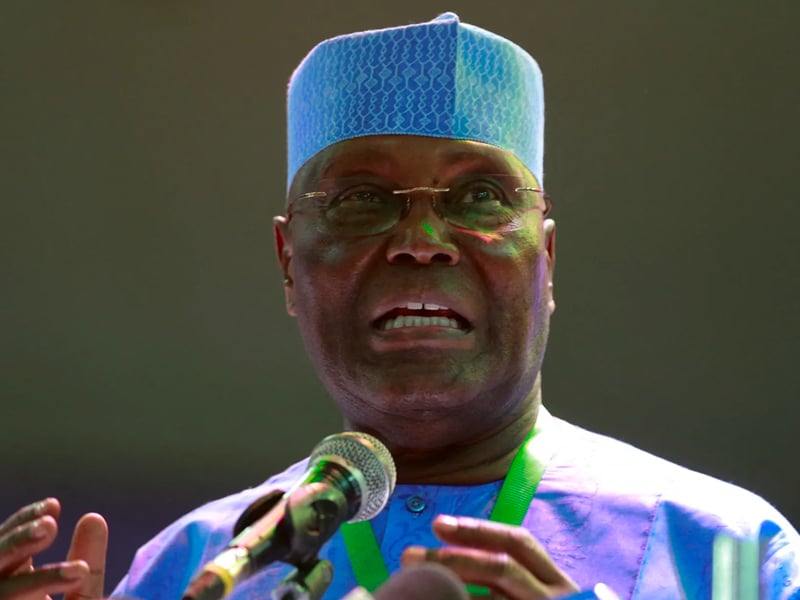
Russian President Vladimir Putin
Russian President Vladimir Putin on Sunday threatened to relaunch production of intermediate-range nuclear weapons if the United States confirmed its intention to deploy missiles to Germany or elsewhere in Europe.
“If the United States carries out such plans, we will consider ourselves liberated from the unilateral moratorium previously adopted on the deployment of medium- and short-range strike capabilities,” Putin said during a naval parade in Saint Petersburg.
Putin added that now in Russia “the development of a number of such systems is in the final stages”.
“We will take mirror measures in deploying them, taking into account the actions of the US, its satellites in Europe and in other regions of the world,” the Russian president warned.
Such missiles, which can travel between 500 and 5,500 kilometres (300-3,400 miles), were the subject of an arms control treaty signed by the US and the Soviet Union in 1987.
But both Washington and Moscow withdrew from the Intermediate-Range Nuclear Forces Treaty in 2019, each accusing the other of violations.
Russia subsequently said it would not restart production of such missiles as long as the United States did not deploy missiles abroad.
In early July, Washington and Berlin announced that the “episodic deployments” of long-range US missiles, including Tomahawk cruise missiles, to Germany would begin in 2026.
Putin said that “important Russian administrative and military sites” would fall within the range of such missiles that “could in the future be equipped with nuclear warheads, such that our territories would be within around 10 minutes” of a strike being launched.
The Russian president also mentioned that the US has deployed Typhon mid-range missile systems in Denmark and the Philippines in recent exercises.
‘Cold War’ reminder –
“This situation reminds us of the events of the Cold War linked to the deployment of American Pershing medium-range missiles in Europe,” said Putin.
The US deployed US Pershing ballistic missiles in West Germany in the 1980s at the height of the Cold War.
US missiles continued to be stationed through the reunification of Germany and into the 1990s.
But following the end of the Cold War, the United States significantly reduced the numbers of missiles stationed in Europe as the threat from Moscow receded.
The Kremlin had already warned in mid July that the proposed US deployment would mean that European capitals would become a target for Russian missiles.
“We are taking steady steps towards the Cold War. All the attributes of the Cold War with the direct confrontation are returning,” Kremlin spokesman Dmitry Peskov told a state TV reporter.
AFP

 3 months ago
83
3 months ago
83















 English (US) ·
English (US) ·